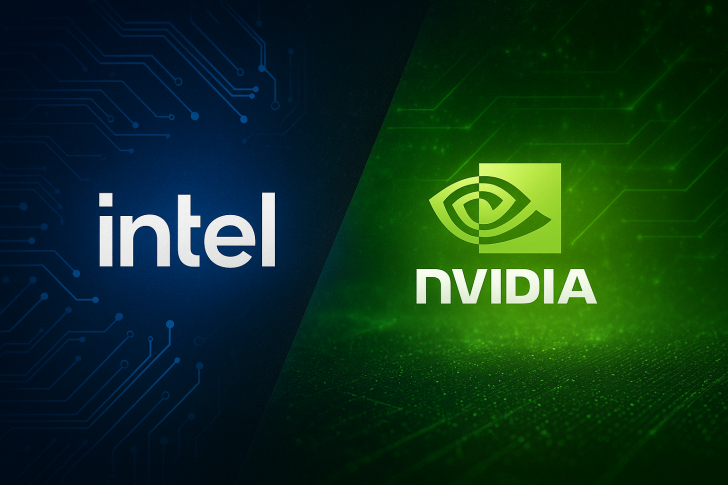● Intel is taking an unexpected route by partnering with Nvidia rather than competing directly. This cooperative strategy aims to help Intel claw its way back into the AI acceleration market after falling behind in recent years. While combining strengths could unlock new efficiencies, mixing two different architectures brings integration headaches and potential software compatibility issues if the ecosystems don't mesh well.
● The hybrid chip could be a game-changer for hyperscalers and enterprises looking to deploy AI at scale without breaking the bank. Blending Intel's budget-friendly Gaudi architecture with Nvidia's powerful B200 creates a compelling price-to-performance option that cloud providers will find hard to ignore. That said, AMD and Qualcomm aren't likely to sit idle—expect them to push their own hybrid or open-source solutions in response.
● This partnership signals a bigger shift in the industry toward collaboration over competition. With AI compute demand exploding and supply chains still stretched thin, hardware makers are increasingly pooling resources and technologies to deliver performance gains without astronomical price tags.
● According to StockStorm, Intel (INTC) and Nvidia (NVDA) are teaming up on a hybrid AI accelerator that nobody saw coming. The system pairs Intel's Gaudi 3 processor with Nvidia's B200 GPU, targeting AI inference—the phase where trained models actually generate predictions in real time. Early testing shows the combo delivers 1.7x better performance per dollar compared to running B200 chips alone, which could mean serious savings for anyone running large-scale AI workloads.
 Saad Ullah
Saad Ullah

 Saad Ullah
Saad Ullah


